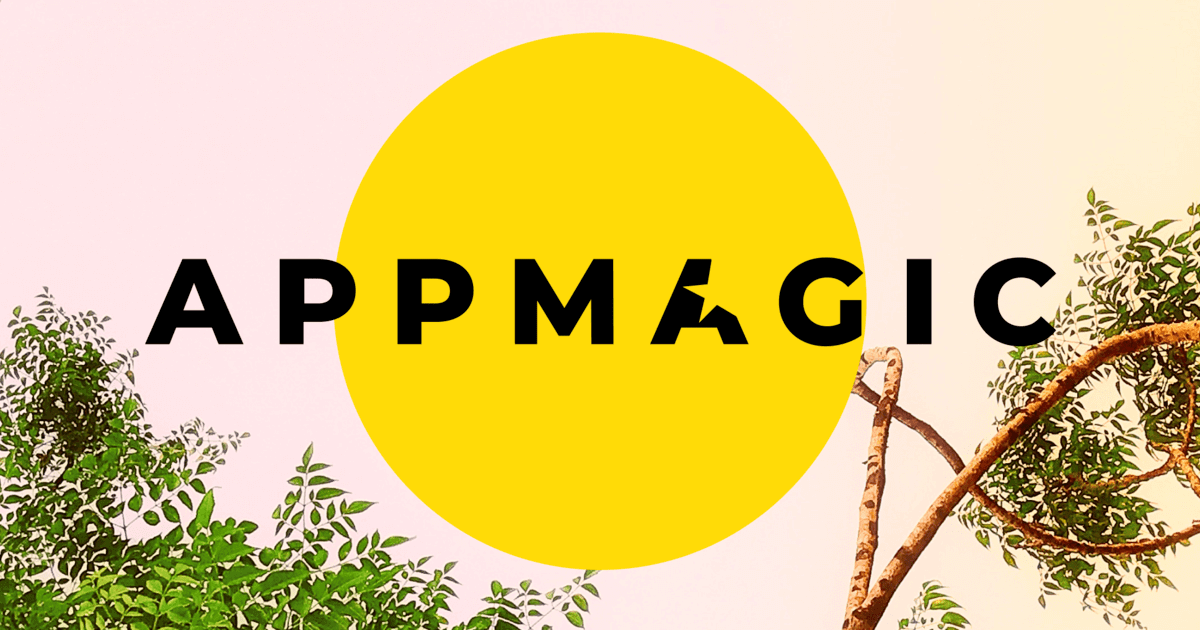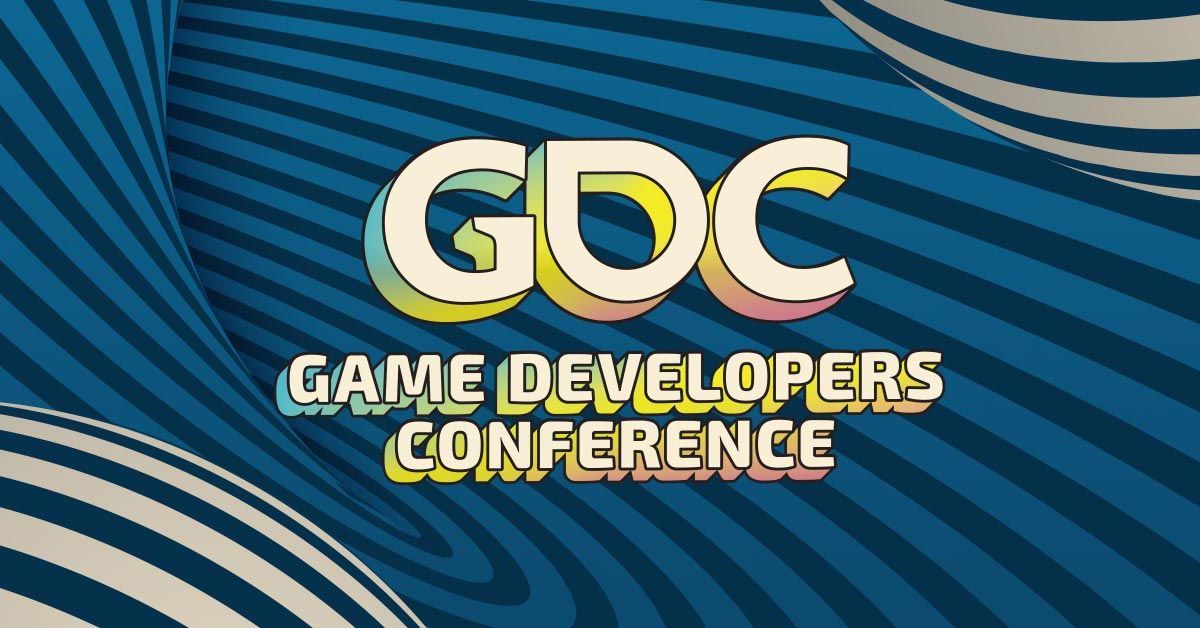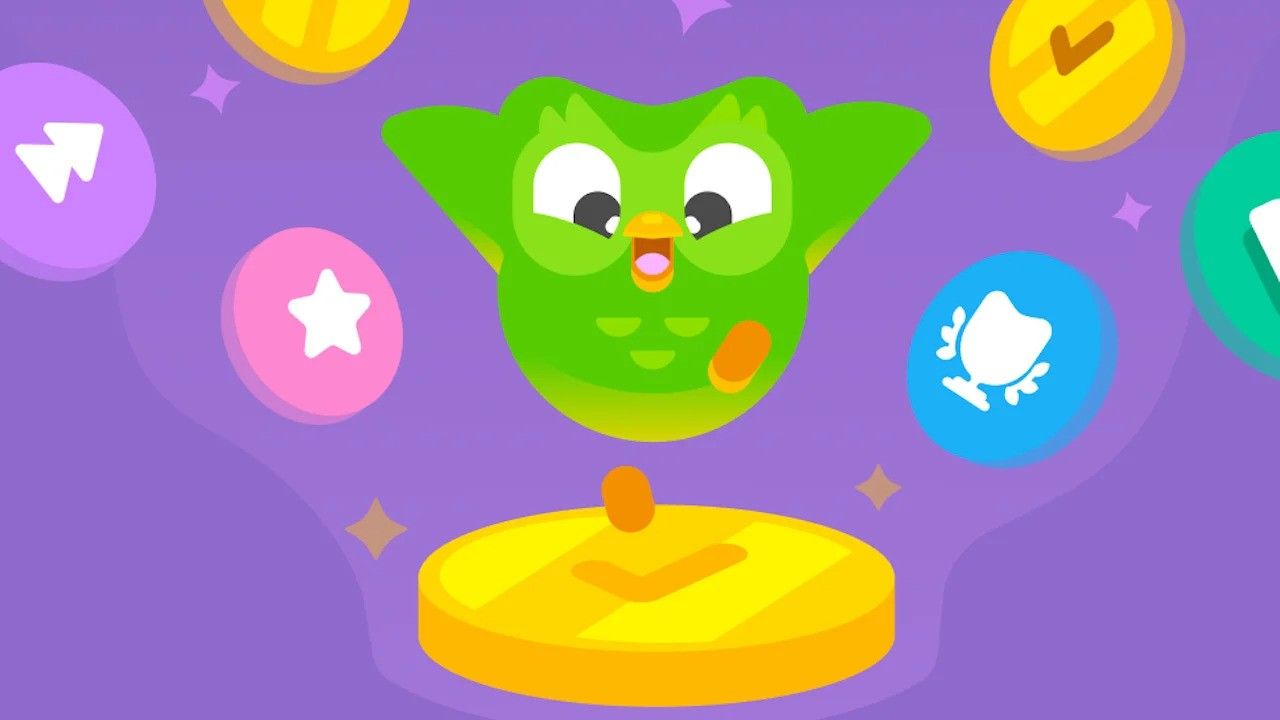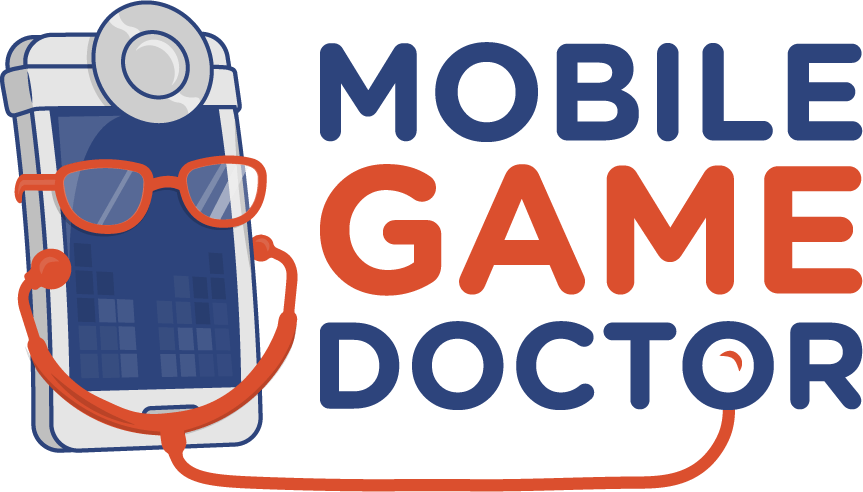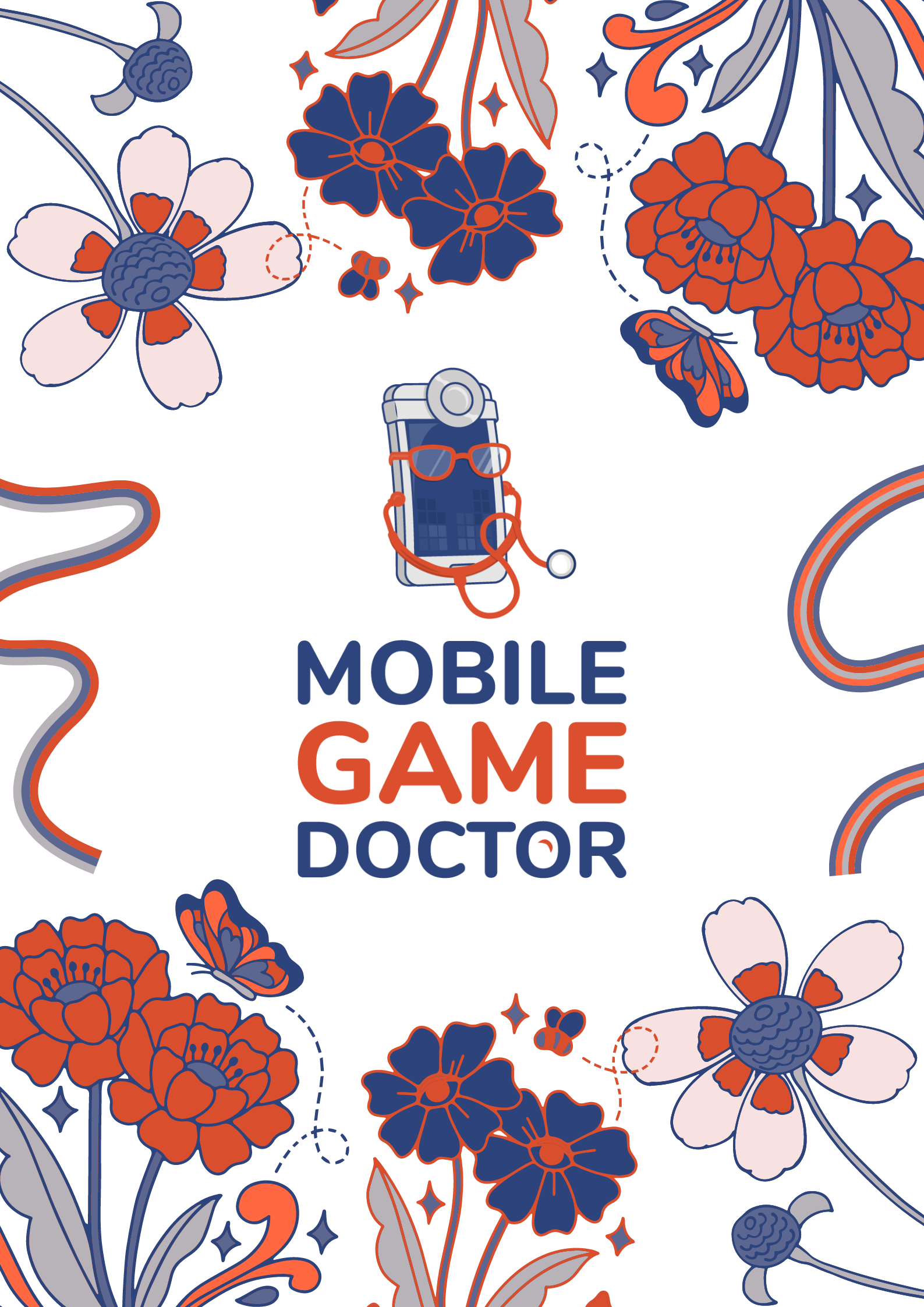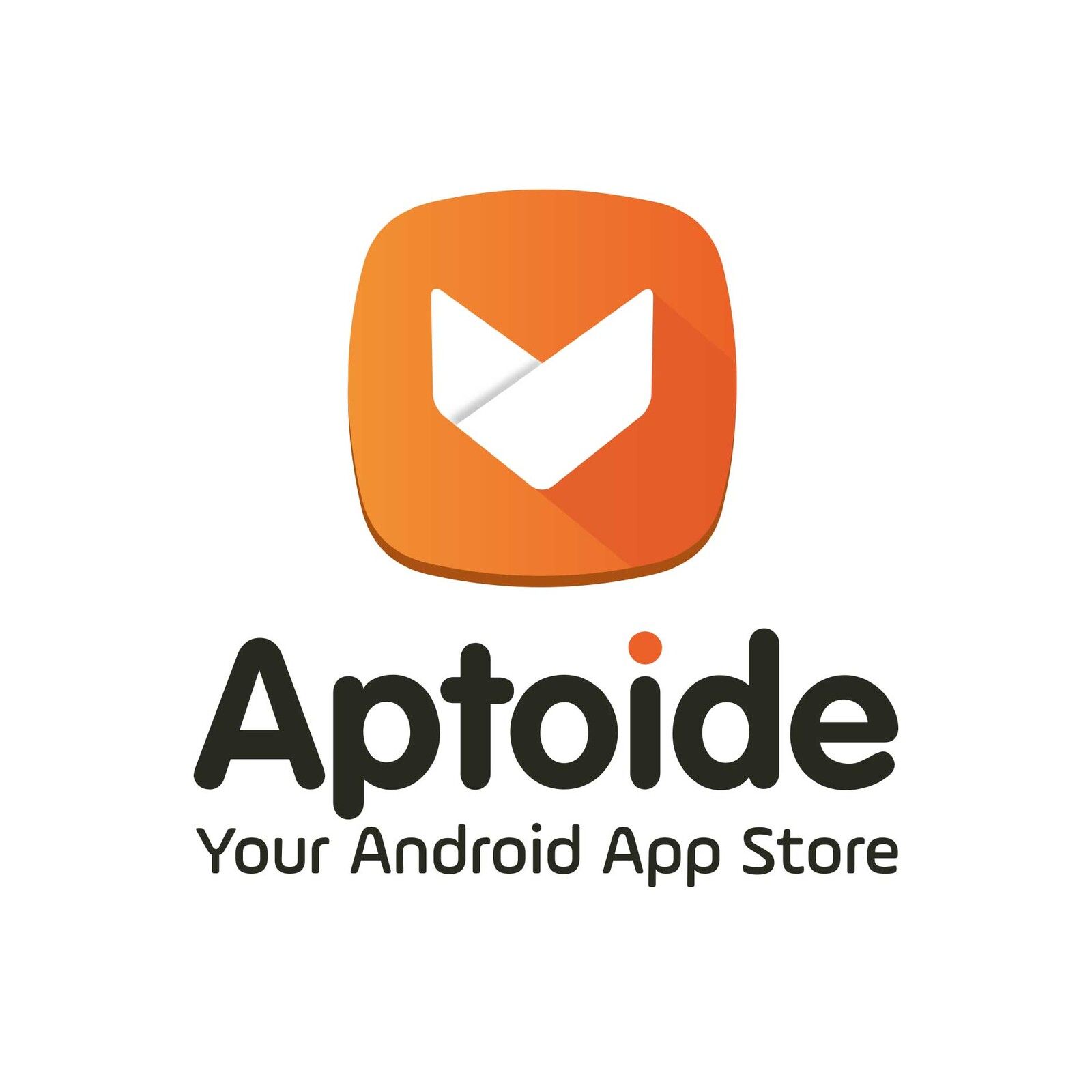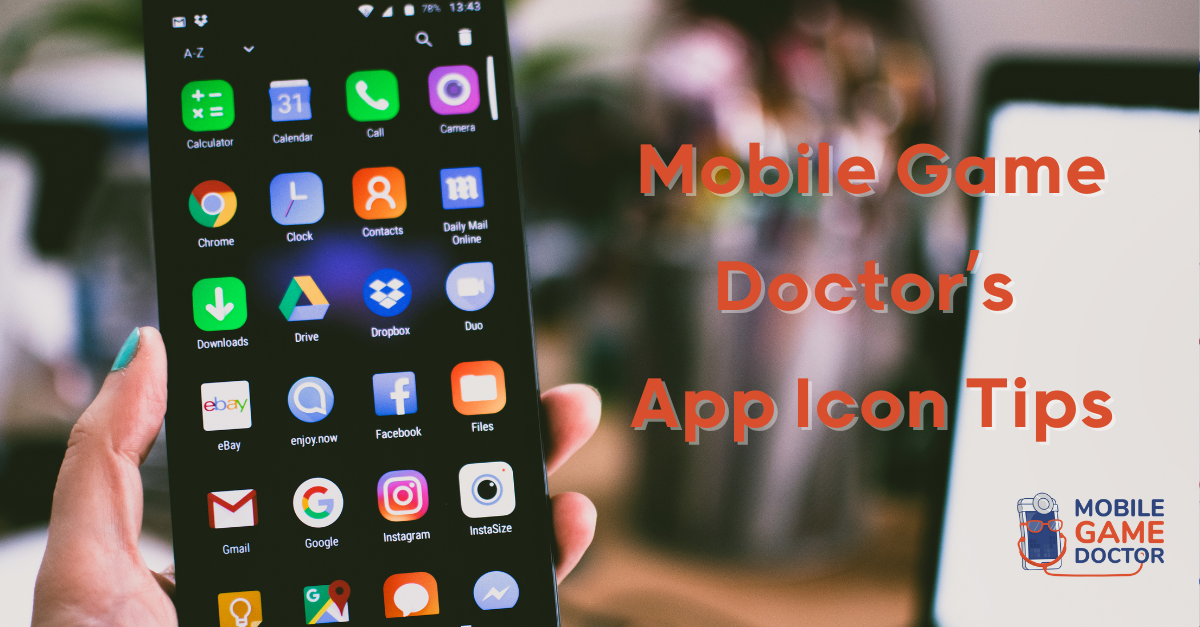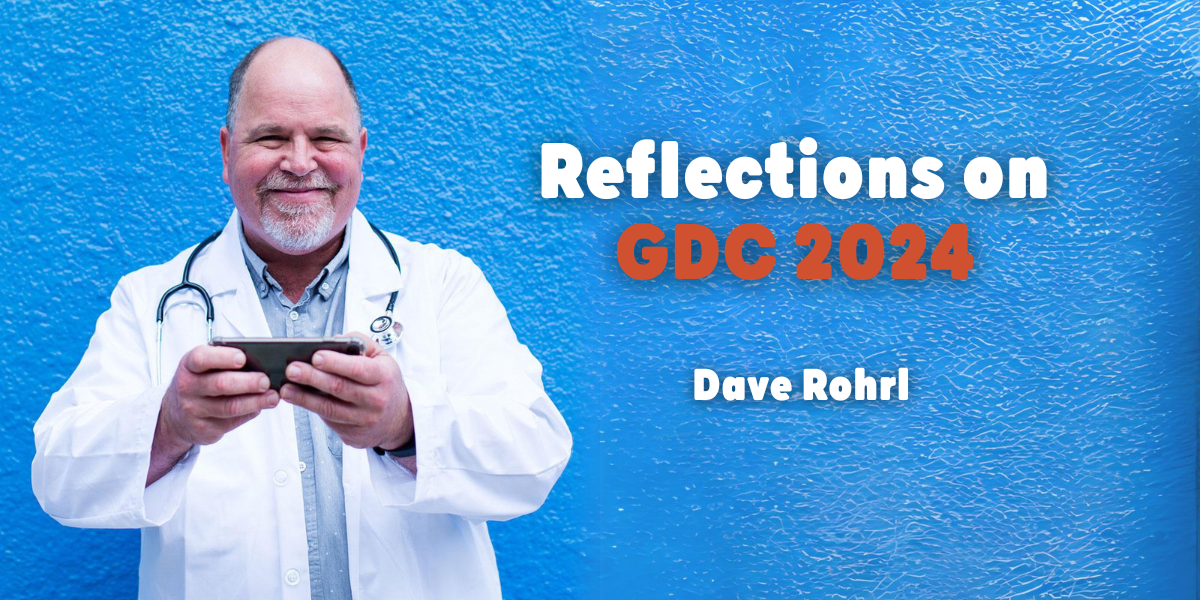Over the years Facebook has become the default source of app installs for many developers. When a game developer starts a market fit, technical, soft, or global launch activity they turn to Facebook to buy traffic. This is not a surprise by any means given that Facebook and Google are responsible for 80% of advertising media spend in the US. Facebook has the most granular targeting and reporting capabilities down to the most intricate user segment, while Google is known for being useful, but slow and expensive.
But after you’ve begun to achieve scale on Facebook and Google, when the dust has settled, a question rises: which media sources should you pursue next? And when?
Defining the right moment
There is no silver bullet one can expect, but there are general rules and hints that may help navigate the complex subject and not miss out on the opportunity provided by other networks.
The mobile app launch phases can be covered by the following four general milestones: market fit research, followed by technical launch, then -soft-launch and, at last, the desired global launch.
In my opinion, the soft launch phase is the right moment to test the waters of other potential media sources. The reasoning for that is simple and boils down to the following:
- During soft launch we make the final call as to whether the product is ready to launch. So, adding more angles to future marketing activities offers a wider range of opportunities (or disqualifies them early enough to be helpful).
- Normally, we want to diversify app installs sources and the earlier we start doing so, the less likely we end up relying on one single vendor.
- We mitigate the risk of a nasty surprise that the product works only with one particular narrow audience, or is highly dependent on a certain setup (e.g., a particular creative or a network).
- The early campaigns on other channels will serve as launchpads for the successful and smooth scaling of the game during the global launch. You can think of it as a way of performing a systems check before the launch. This is a firm requirement for some types of app campaign optimizations that require a certain volume of data to be processed prior to launch. E.g. Starting a ROAS campaign on Unity requires running a regular CPI campaign that resulted in 10 unique payers in the past 30 days.
There are also certain downsides to consider:
- In practice each new network ads cost both in terms of setup and increased media spend. This capacity is identified by every team based on their financial situation. Still, I would recommend running at least one additional media source if at all possible.
- Even very skilled UA professionals may lack experience outside of FB and Google. Expanding to new networks may require additional training or additional specialists, although if your UA team has the bandwidth this could be seen as a benefit and an opportunity to develop new skills.
- Adding networks increases the cost of creatives production because of differences in size and format. This can be an insignificant burden in some cases, but as ad creative gets more refined it can grow rapidly.
So, keeping all of this in mind, the optimal flow could be as follows:
- Decide on the professional who is going to run soft launch campaigns.
- Plan to add new networks closer the end of the soft launch phase, when most of the road bumps of the product have been ironed out.
- Decide the network mix in advance.
Defining the right media mix
It is important to understand the ideal media mix of networks that can deliver additional vital insights to the developer before the launch. I go through the following thinking process to try to come up with an educated guess.
Assuming the soft launch is done on Facebook – The social media piece is covered. This holistically gauges the potential of the game performance in the constellation of social media sources. Therefore, the other candidates to be included in the mix shall come from different areas. There are a handful of categories to choose from:
- SDK or Video networks: It’s hard to overestimate the importance of in-app advertising of a game in other games. First and foremost: games have the highest affinity to advertise other games. The first candidates to choose from could be: Unity, Ironsource, Applovin
- Broad display: By default Google is the first candidate due to its sophistication and coverage. Despite being slow in producing initial learnings it can sometimes bring surprising results by finding low priced pockets of users. Additionally, since it’s slow to ramp up it makes sense to start it sooner rather than later. The constraint here to consider is budget. The learning phase with Google is long and pricey. If we aim to bring paying users into the game, our prime goal would be to optimize towards purchase events. The cost of acquiring a paying user is the major factor to consider when understanding the potential cost of investment into Google. If the cost to acquire a paying user (CPA) is, let’s say, $100. This should be doubled to give Google enough room to explore and that should be multiplied by at least 10x – the daily budget with the perspective of increasing it to 20x of CPA.
- Contextual: It’s worth thinking about what kind of content you’ll be display and who each network tends to serve. This is often highly relevant to non-gaming apps, but it’s worth considering what kinds of audiences a network typically reaches, especially if a game has niché appeal.
- DSP: Not a great alternative to start from scratch. These usually rely heavily on already learned and explored audiences and based on this knowledge DSP will ramp up. So, at the early stage when there is not enough data, they may easily fail.
To make the list of opportunities full I would recommend consulting with the latest Appsflyer’s Performance index and pick some of the top partners from your relevant category.


